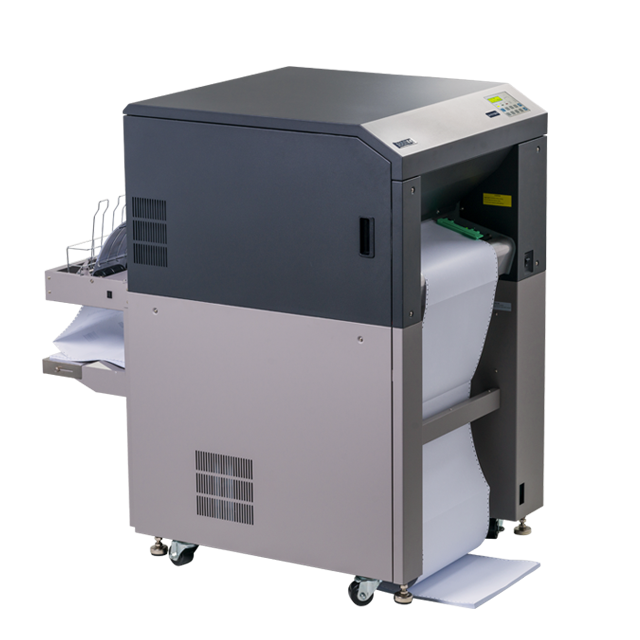Infralitoral floor #001
Infralitoral differs from floors in that the population here is constantly or almost constantly under the cover of water. There are, however, cases when the groupings of the upper part of the infralithoral floor are temporarily drained: in seas with significant tides, this happens during the equinox, and where tidal phenomena are weakly expressed, with such a combination of meteorological factors that causes an unusually low drop in the level. However, prolonged stay without water is disastrous for the infralitoral population. The lower boundary of the floor is usually determined by the maximum depth at which marine flowering plants are still able to live, which is quite logical, since by their origin they are terrestrial plants that eventually "descended" into the sea. Of course, flowering plants are not available in all areas of the bottom of the infralitoral floor. If there is no suitable substrate for them, they may be absent, they may be displaced by light-loving algae. On the rocks of the infralithoral, which is basically a floor of predominantly light—loving organisms, two opposite types of population are distinguished: one of them mainly consists of light-loving algae, and the other consists of reef-forming madreporous corals. However, this contrast is more apparent than actually existing, since it has been proven that due to the presence of symbiotic plants, these "coral" reefs actually contain three times more plant organic matter than animal matter. Biocenoses of light-loving algae on rocky substrates create such a variety on a global scale that it can completely confuse an ignorant person. One of these biocenoses can be seen by anyone spending an August vacation on the seashore of Provence: this is a carpet of small, as if trimmed algae, mostly reddish in color (Jania, Corallina, Gelidium); picking up a bunch of these algae, he will find a lot of small animals getting out of there, among which there will be mainly roundworms, polychaete worms (sillids, nereids, sabellids), crustaceans (mostly equal-legged crayfish and bokoplavy, but also such decapod crayfish as Acanthonyx and Pirimela).
After digging a little further, the tourist will find more gastropods, by the way, somewhat larger than other animals (Gibbula, Columbella), and sea urchins (edible Paracentrotus and inedible Arbacia), which may give him unpleasant moments by sticking their needles into his toes. If he is lucky, he will catch even a few small fish, gobies or sea dogs and, trying to hold one of these dogs in his hand, he will be quite convinced that the Provencals gave her the name "bib" for a reason. 1xBet Promotional offers for New and Existing Players: List of 1xbet Welcome Bonus Around the World What is the 1xBet Promo Code India and receive a 100% bonus on your 1st deposit, up to €100 for deposits on Wednesdays and Fridays, up to $500 for 20 lost bets, a free bet on your birthday, +10% bonus to winning the express bet. And you’ll love the exclusive 1XBET sportsbook bonus, which is a 100% match on your first deposit worth up to €/$130 or your local currency.

Inexpensive to purchase, inexpensive to operate: the SOLID F40 is the most economical printer in its class. As a continuous laser printer for
medium printing volumes it covers a very broad spectrum of deployment areas. The powerful Microplex Controller guarantees connection versatility,
easy system integration and high printing performance. Cold fusing via Xenon flash lamps also enables thermally sensitive materials
such as plastic or PVC to be used. And fusing is also trouble-free even on thick materials.
-
Most economical cold fusing printer on the market
-
Prints on paper, PVC, plastic, etc.
-
USB, Ethernet (10/100 Mbit) as standard
-
Laser and matrix printer compatible
-
SAP with the standard PCL5e emulation
-
Perfect control via Status Out
-
Optional IPDS emulation making it the printer of choice for IBM solutions


